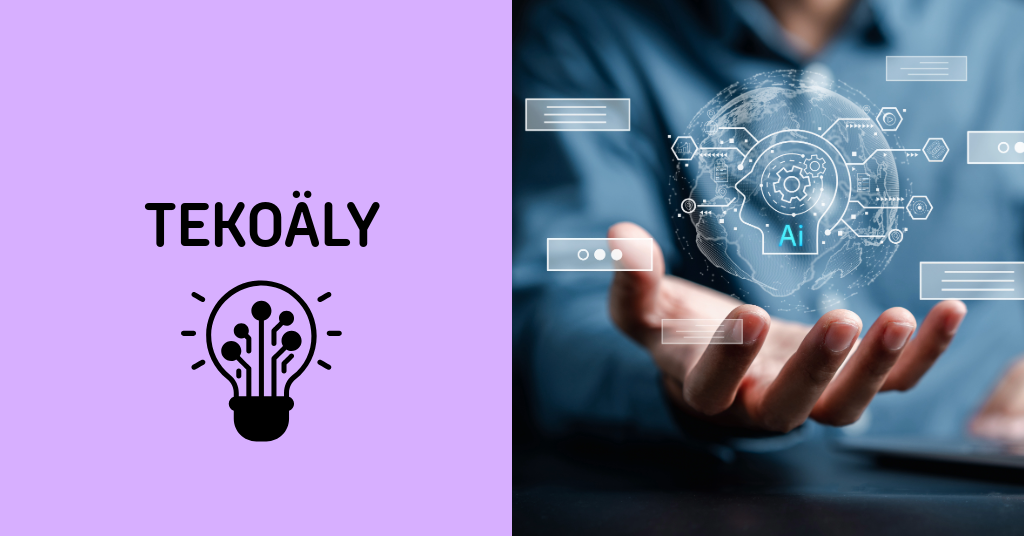Best Practices for Responsible Use of AI in Education

Article sections
Using artificial intelligence (AI) in education offers diverse opportunities, but clear guidelines and ethical principles are necessary. Teachers must guide AI usage to support learning processes, independent thinking, and knowledge processing.
Clear Course-Specific Guidelines
Each course should define beforehand how AI may be used in assignments. Arene’s recommended traffic light model can be helpful here. This model aids both students and teachers in understanding the guidelines. Teachers are responsible for communicating these guidelines clearly at the beginning of the course and in assignment instructions, ensuring students understand expectations. Therefore, creating discipline-specific recommendations for AI usage is advised to maintain consistency and clarity for students.
Academic Integrity and Citation
The use of AI must be transparently indicated in students’ work. The best practice is for students to mark their work when they have used AI, including the purpose of its use (e.g., “Draft created with AI assistance”). This increases transparency and helps evaluators understand what part of the work reflects the student’s own efforts. Similarly, students should clearly distinguish AI-generated content from their own and cite AI as a source when appropriate, even though AI is not considered an academic source. This practice supports learning, as students critically reflect on AI contributions, allowing teachers to assess genuine learn
Developing Students’ AI Literacy
Higher education institutions should offer training and support for students in AI usage and integrate it into teaching methods. This can involve workshops on writing effective prompts or small course assignments experimenting with AI tools and evaluating outcomes. The goal is for students to learn to use AI consciously and critically. Teachers play an important guiding role—for instance, by suggesting which task elements could benefit from AI support (e.g., brainstorming, generating code frameworks) and clarifying where students must work independently to achieve learning goals. At the same time, teachers are encouraged to update their digital skills to effectively integrate and supervise AI use in pedagogically meaningful ways.
Leveraging AI to Support Learning
Ethical use also means employing AI to support genuine learning rather than merely reducing student workload. Best practices position AI as a “learning companion”: for example, a language model might provide feedback on essay drafts written by students, or a code generator could suggest improvements to students’ code. Teachers can recommend such beneficial uses to enhance learning value. Simultaneously, it must be ensured that AI does not undermine core learning processes. Teachers can design assignments that cannot be completed solely through AI, such as tasks requiring personal reflection, experimental activities, or other elements necessitating students’ own contributions. Thus, AI acts as an aid, but students still need to understand the subject matter deeply and produce original work.
Adjusting Feedback and Assessment
AI can also ethically support teachers’ tasks. Good practices include using AI to generate assessment rubrics, thus saving time on routine tasks while ensuring that final evaluations remain human and fair. If AI is used to detect academic misconduct (e.g., AI detectors and plagiarism software), it is crucial to recognize their limitations: false alarms are possible, and students must have the opportunity to be heard. All cases should be reviewed individually following established procedures rather than solely relying on automated assessments.
The instructions were planned and compiled with the assistance of ChatGPT.
